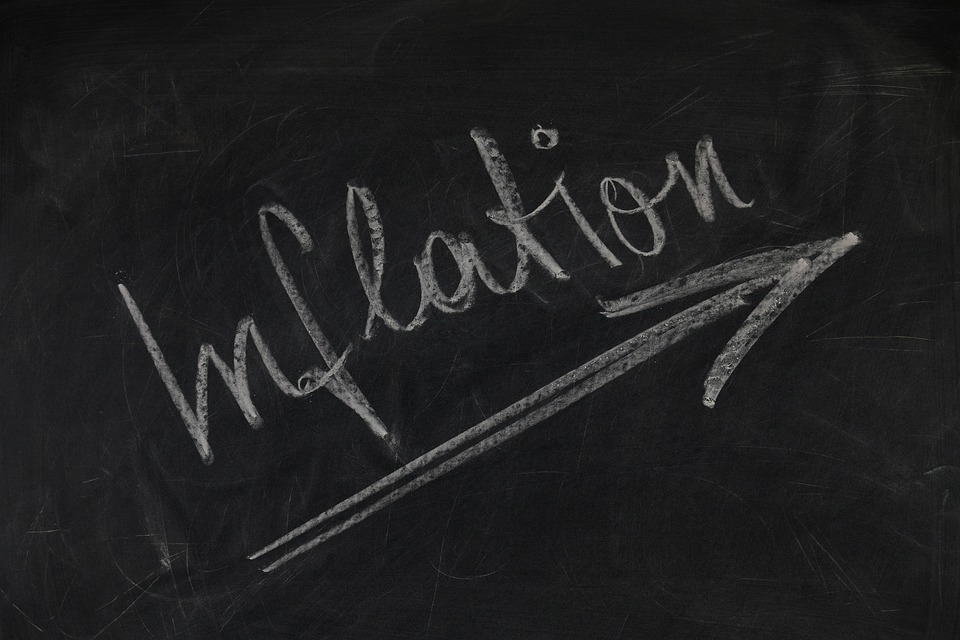High Prices Don’t Cure High Prices

This was an interesting week, one in which it seemed that equity investors finally and abruptly got the message that high inflation is bad for the market; increasing interest rates are bad for the market; declining bid/offer liquidity is bad for the market; high energy prices are bad for the market; global geopolitical unrest is bad for the market; and a strong dollar is (eventually) bad for the market.
The last few days in the stock market were remarkably steady and orderly. Will this continue? Well, none of those trends I just mentioned look as if they are about to change significantly, so the only question is whether the extraordinary, popular delusion returns.
The approximate cause for the selloff seems to have been the hawkish talk from Fed speakers, including the floating of the trial balloon early in the week about the possibility of a 75 bps tightening. By the end of Friday, Cleveland Fed President Mester was actively pouring cold water on the notion that anything so aggressive was out of the question, while still talking in terms of 50 bps increments.
I admit that as of only a few months ago, I didn’t think the Fed would hike rates more than about 75 bps in total before they lost their nerve. On the other hand, they’re about 500 bps behind the curve, so color me surprised - but not impressed.
To be sure, I also thought the stock market would have reacted before this point. And I do think that it is easier to talk about how much you’re going to work out this summer until it gets hot. So we will see.
But, on to my real topic today: the annoying canard that “high prices are the cure for high prices,” which is a phrase so absurd on its face that the discussion really shouldn’t go much further than that.
The phrase implies that we can’t have inflation because if we have inflation, then prices will come down. It’s one reason that people are expecting used car prices to drop by as much as they previously rose – because “no one can afford a car at those prices.”
The idea is that as prices rise, the amount of money in your pocket can’t buy as many things. Therefore, real demand must suffer because higher prices mean that people can buy less stuff. Ergo, inflation causes recessions (which is weird, because we are always told how expansions cause inflation – which means that expansions must cause recessions. Are you feeling a ‘down the rabbit hole’ sensation yet?).
This is another example of a stock-flow fallacy. Or maybe it’s a fallacy of composition. It’s a micro/macro mistake. The point is that it doesn’t work that way.
The system can’t run out of money. If prices go up 25%, it doesn’t mean that you can buy 20% less stuff. Well, perhaps you can buy 20% less stuff, today, until you run out of money. But the person who sold you the car now has 25% more money than he would have previously, had he sold the same car before.
Maybe you are out of money, but he has 25% more money. The money doesn’t leave the system when you buy something. It only leaves your wallet. (The stock market works exactly the same way, and no one ever questions why stock prices can’t keep going up because investors are using up all of their money, right?).
Now, if the total amount of money in the system is the same today as it was before the 25% increase in prices, and the velocity of exchange doesn’t change, then yes – that 25% price increase won’t stick because in aggregate we will be spending the same amount of money at higher prices, which means we take home fewer goods and services.
If, on the other hand, the amount of money in the system went up by 25%, then total expenditures (if velocity is roughly constant) will be the same in unit terms as before. The system doesn’t grind to a halt and force prices lower. The system reaches equilibrium at prices that are 25% higher. By the same token, if there is 40% more money in the system, then those 25% price increases won’t be enough, there will be shortages, and prices will keep rising.
This seems like a good point to recall that M2 money since the end of 2019 has risen 42%. Tell me again why used car prices need to retrace so much?
The real question to me is why more prices haven’t gone up 42%. My answer is that we are still in the adjustment period. It takes time for that money to wash around the system, and it’s still on the rinse cycle.





Great read, thanks.